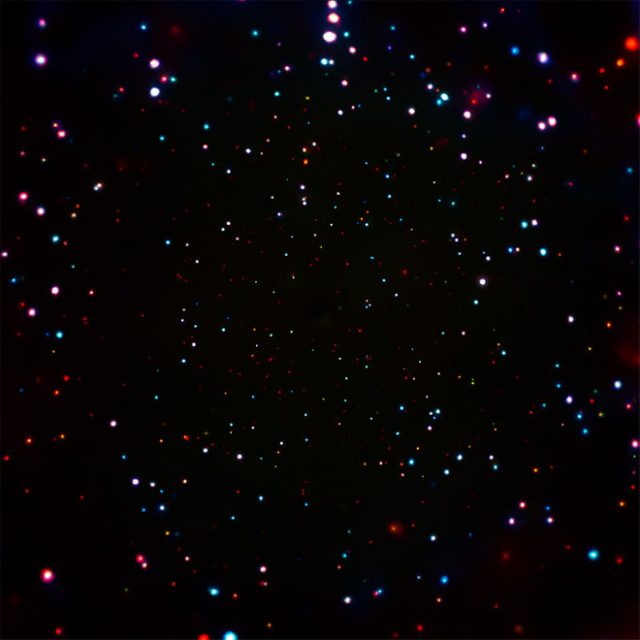MI weekly selection #214

Huge quantity of black holes seen in X-ray image taken by Chandra
A vast number of supermassive black holes can be observed in an image taken by NASA’s Chandra X-ray Observatory spacecraft. “With this one amazing picture, we can explore the earliest days of black holes in the universe and see how they change over billions of years,” said lead researcher Niel Brandt.
Ancient, rare berry fossil found in Patagonia
The 52-million-year-old fossil of a berry has been found in Patagonia. The rare fossil is a type of Physalis plant related to modern tomatillos and ground cherries and is part of the flowering Solanaceae family.
Scientists use high-tech techniques to reconstruct face of ancient man
Scientists used forensic techniques, digital imaging and 3D printing to reconstruct the face of a man who lived about 9,500 years ago from a skull on display at the British Museum. The Jericho Skull, one of seven discovered in 1953, had been shortened and the eye sockets had been adorned with sea shells in some form of ancient ritual.
Infants’ early introduction to peanuts could prevent allergies later
The National Institute of Allergy and Infectious Diseases has released new guidelines calling for infants as young as 4 to 6 months old to be fed foods containing peanuts in order to stave off allergies later in life.
Device allows safer insertion of softer nanoelectrodes into brain
Scientists have developed a device that can temporarily make tiny carbon nanoelectrodes stiff enough to be inserted into the brain, making treatments for such conditions as Parkinson’s disease and epilepsy safer. Such nanotubes are much smaller than the tiny implants currently used, which can sometimes damage brain cells because they remain stiff.